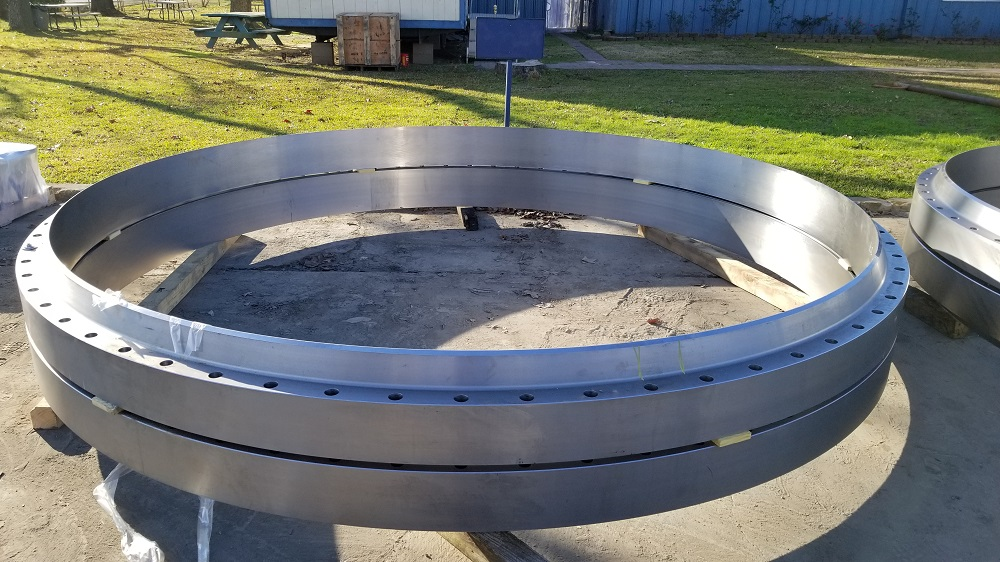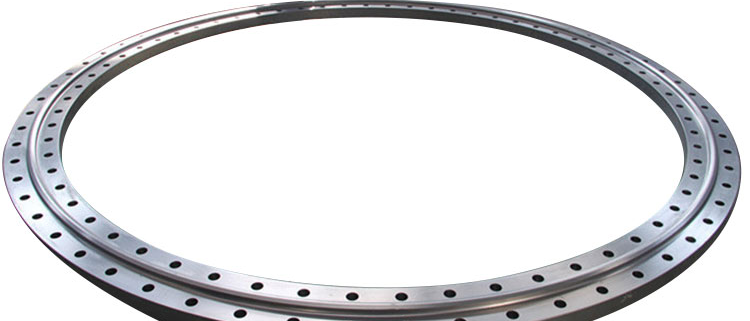What is a flange used for?

Flange is otherwise known as flange flange or flange. Flanges are parts that are connected to each other between pipes and are used for connection between pipe ends; they are also useful for flanges on equipment inlets and outlets, And can be used as connection between two equipments, example reducer flanges.
Flange connection or flange joint refers back to the detachable connection of flange, Gasket and bolt as a team of combined sealing structure. Pipe flange refers back to the flange used for piping in the pipeline installation, And used in the equipment refers to the inlet and outlet flange of the equipment. There are holes in the flanges, and the bolts tightly connect the two flanges. The flanges are sealed with gaskets. Flanges are divided into threaded (threaded) flanges, welding flanges and clamp flanges. Flanges are usually used in pairs, and wire welding flanges and welding flanges with a pressure greater than 4 kg can be used for pipes with extremely poor working performance.Add sealing points within the two flanges, immediately after tighten with bolts. Flanges with different pressures have different thicknesses, and the bolts they use are also different. When the water pump and valve are connected to the pipeline, some parts of these equipments are also made into corresponding flange shapes, also called flange connection. All connecting parts that are closed at the same time by using bolts around the two planes are generally called “flanges”. For example, the connection of ventilation pipes, such parts can be called “flange parts”. But this connection is only a part of the equipment, Such as the text between the flange and the pump, it is not easy to call the pump ‘flange parts’. Smaller ones such like valves Wait, always be called ‘flange parts’.
The reducer flange is used for the connection between the motor and the reducer, as well as the connection between the reducer and other equipment.
Due to the good comprehensive performance of the flange, it is widely used in basic projects such as chemical industry, construction, water supply, drainage, petroleum, light and heavy industry, refrigeration, sanitation, plumbing, fire protection, electric power, aerospace, shipbuilding, etc.



